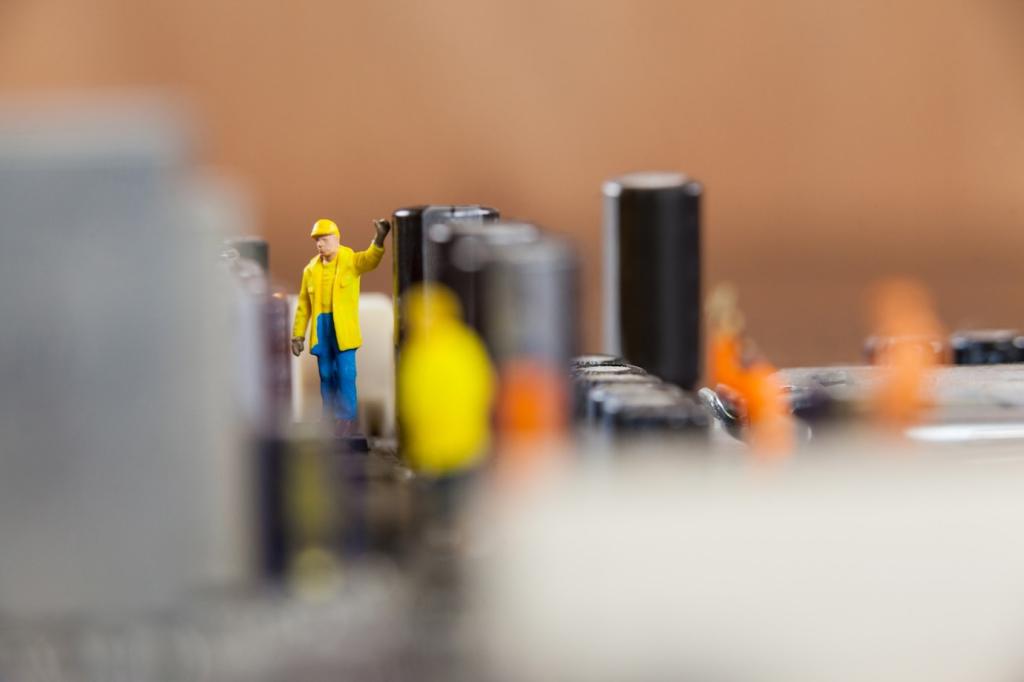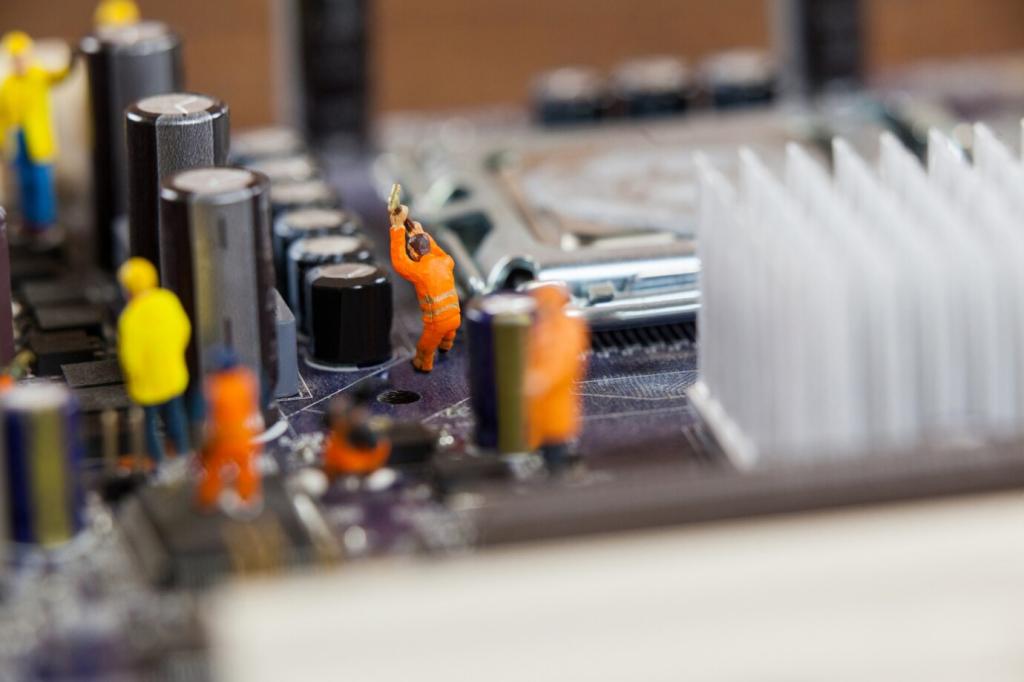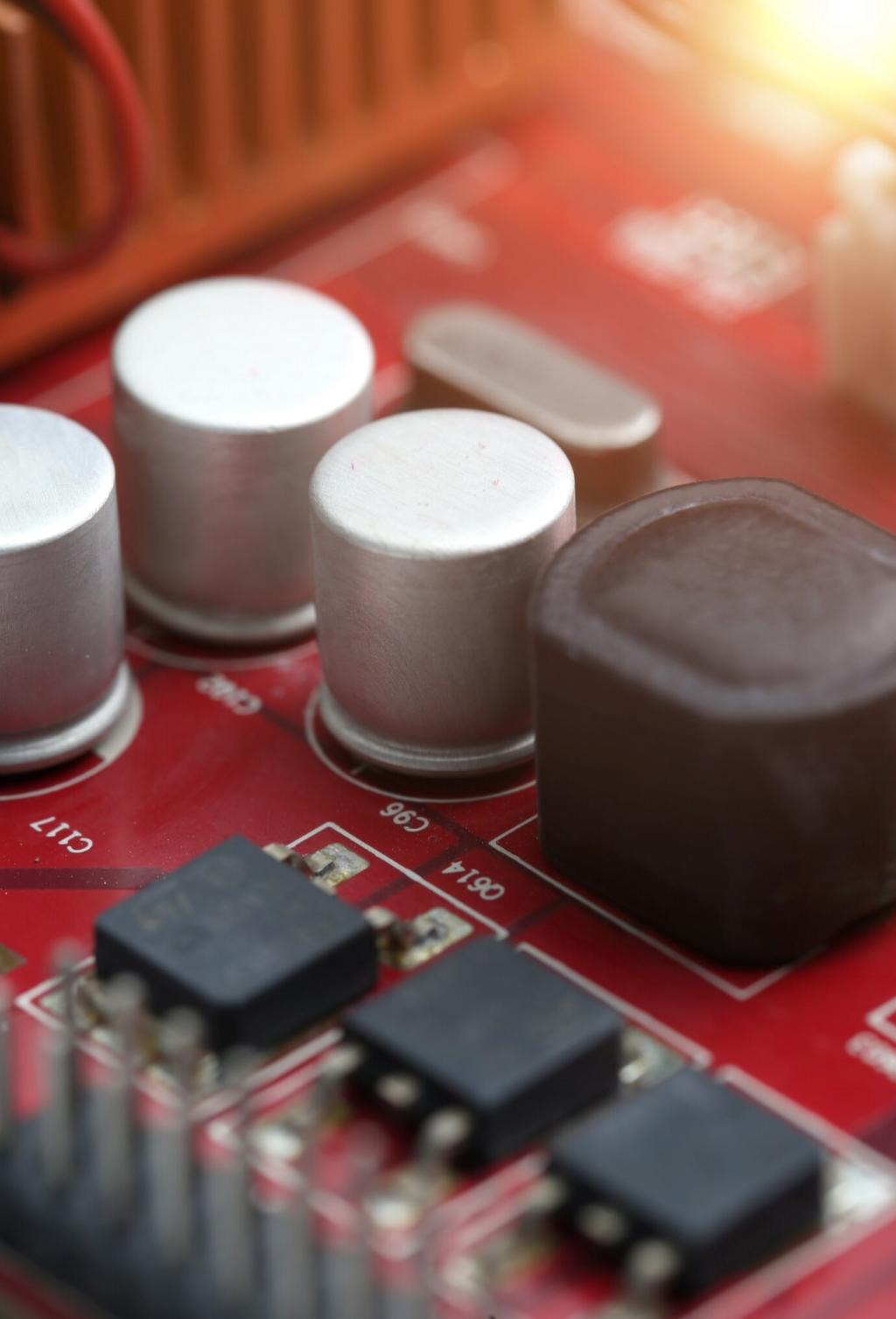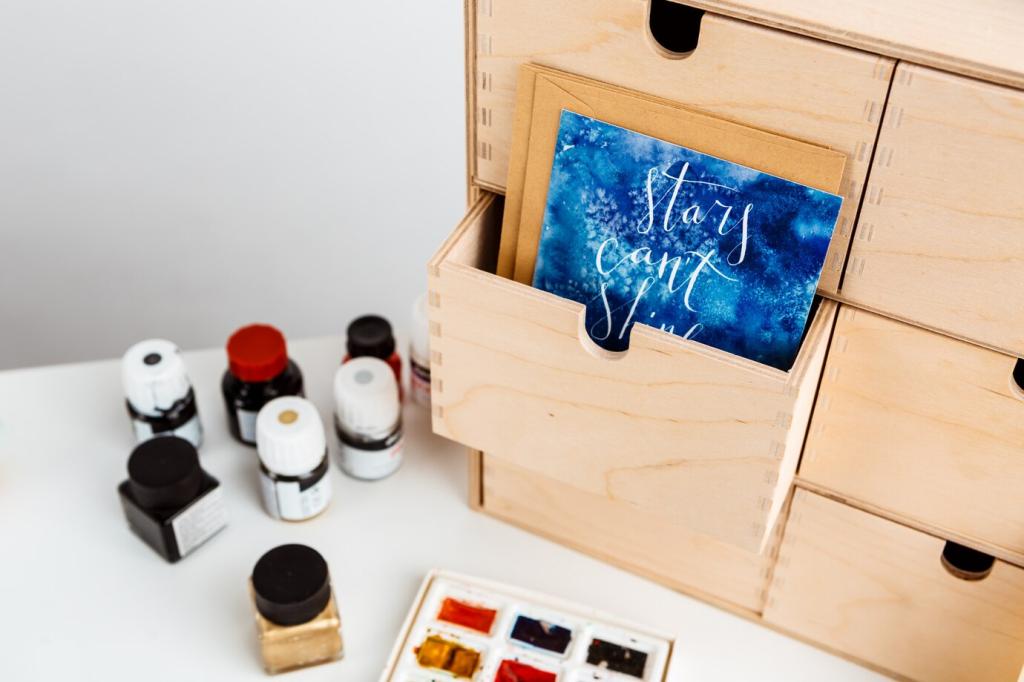Power, Protection, and Reliable Builds
Match supply voltage to board requirements and ensure enough current for all components. Calculate resistor values to protect LEDs and sensors. Ask your power questions below, and we will help verify your totals before you plug in.
Power, Protection, and Reliable Builds
Use USB for development, then consider a regulated 5V supply or battery pack for portable projects. Avoid unregulated adapters that risk damage. Share your power plan, and subscribe for our battery life estimator cheat sheet.







